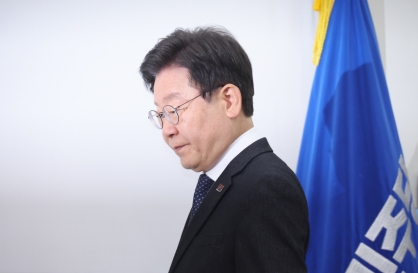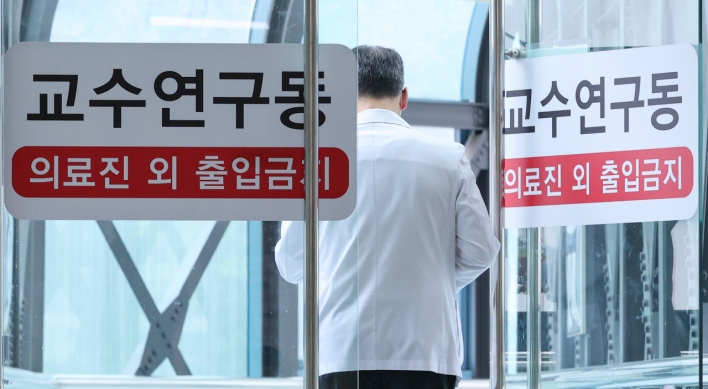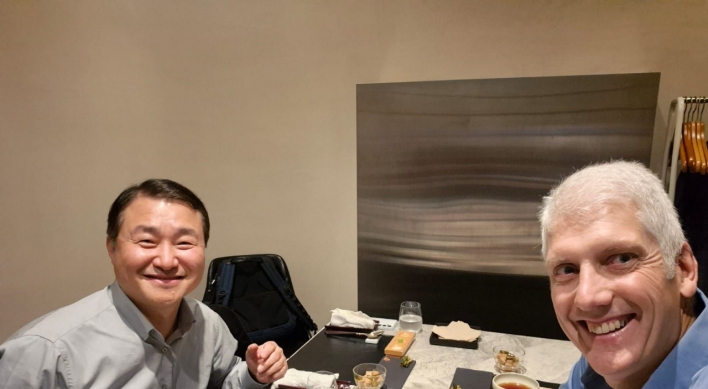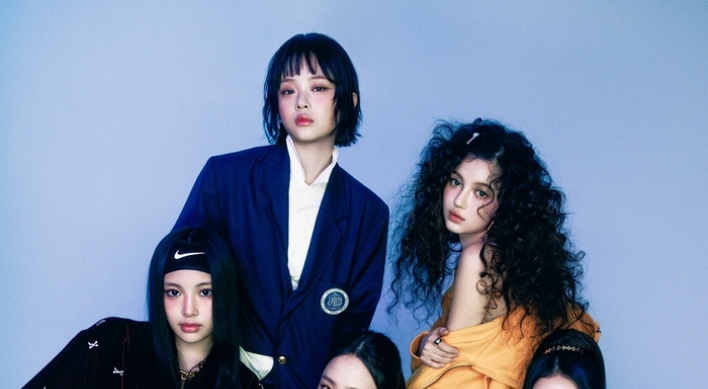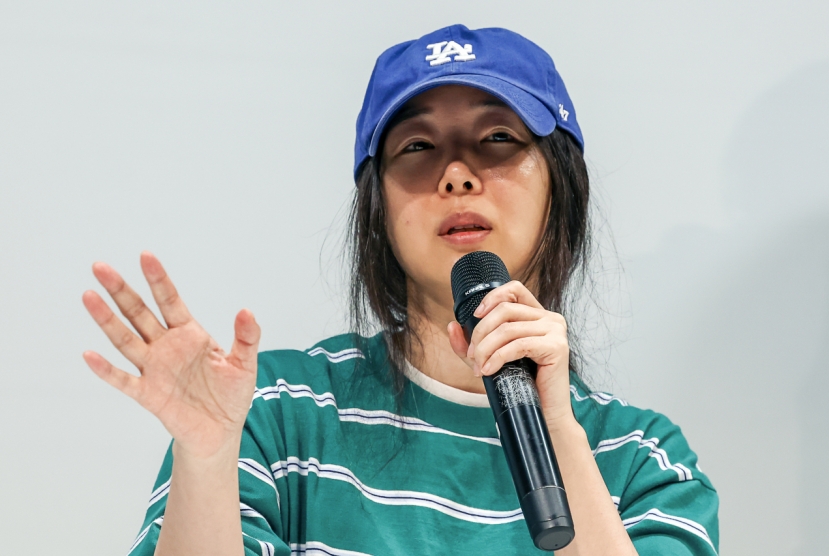ALBUQUERQUE, New Mexico (AP) ― There’s no mass production here, just evidence of the slow and patient work that went into handcrafting the costumes and tools behind one of Mexico’s most important traditions.
From fine embroidery to ornate saddles and silver inlaid spurs, more than 150 pieces are on display at the Albuquerque Museum as part of the exhibition “Arte en la Charreria: The Artisanship of Mexican Equestrian Culture,” which is on display through March 30.
The artifacts, some dating to the 1800s, were culled from prestigious collections throughout Mexico. Each item reflects different elements of the culture of the legendary charro ― the Mexican horseman.
From fine embroidery to ornate saddles and silver inlaid spurs, more than 150 pieces are on display at the Albuquerque Museum as part of the exhibition “Arte en la Charreria: The Artisanship of Mexican Equestrian Culture,” which is on display through March 30.
The artifacts, some dating to the 1800s, were culled from prestigious collections throughout Mexico. Each item reflects different elements of the culture of the legendary charro ― the Mexican horseman.
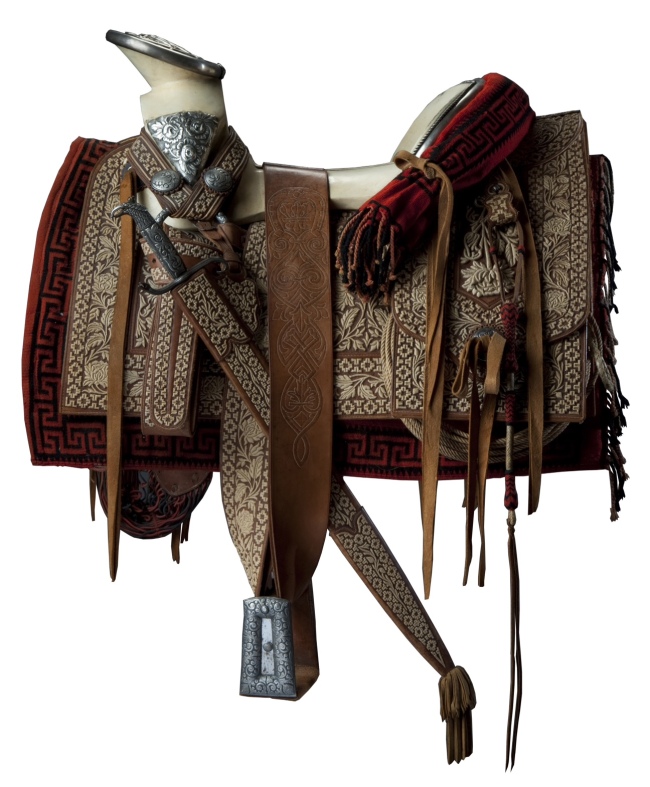
“Too often, we in the West get lost in the stories of cowboy culture, unwary of its foundation,” said museum director Cathy Wright. “‘Arte en la Charreria’ gives our visitors a chance to experience the beauty, color and expressiveness of this wonderful Mexican tradition, which continues to inform Southwestern fashion and material culture today.”
The roots of the charreria culture first emerged centuries ago with the arrival of the Spanish conquistadors and their horses. By the 19th century, celebrations similar to rodeos were being organized around Mexico in which charros would compete, showing off their skills. In the early 1930s, the colorful equestrian style was declared the national sport of Mexico.
Museum curators say there’s meaning behind every component of the costumes worn by charros and charras. In some cases, layers of leather are applied to fabric and then adorned with intricate silver buttons. Embroidery, sequins and beading often provide another layer. Even the sculptural iron spurs are decorated with tooled and stamped silver.
All the leather, velvet and suede make for an exploration of texture and detail, not just a history lesson.
It would be impossible to pick a favorite from the items in the exhibition, said Deb Slaney, the museum’s curator of history.
“There is no best example. They’re all fabulous,” she said.
The roots of the charreria culture first emerged centuries ago with the arrival of the Spanish conquistadors and their horses. By the 19th century, celebrations similar to rodeos were being organized around Mexico in which charros would compete, showing off their skills. In the early 1930s, the colorful equestrian style was declared the national sport of Mexico.
Museum curators say there’s meaning behind every component of the costumes worn by charros and charras. In some cases, layers of leather are applied to fabric and then adorned with intricate silver buttons. Embroidery, sequins and beading often provide another layer. Even the sculptural iron spurs are decorated with tooled and stamped silver.
All the leather, velvet and suede make for an exploration of texture and detail, not just a history lesson.
It would be impossible to pick a favorite from the items in the exhibition, said Deb Slaney, the museum’s curator of history.
“There is no best example. They’re all fabulous,” she said.
-
Articles by Korea Herald



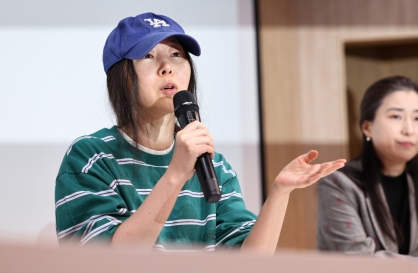
![[Herald Interview] 'Amid aging population, Korea to invite more young professionals from overseas'](http://res.heraldm.com/phpwas/restmb_idxmake.php?idx=644&simg=/content/image/2024/04/24/20240424050844_0.jpg&u=20240424200058)
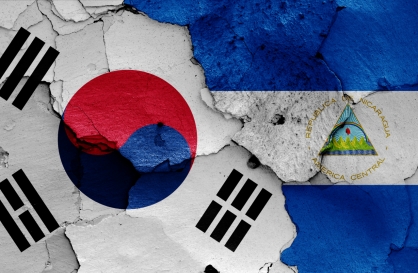
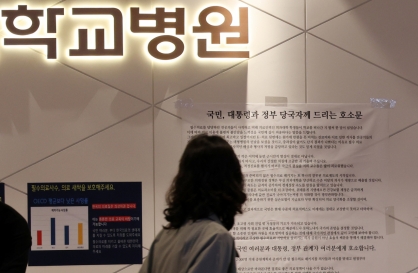
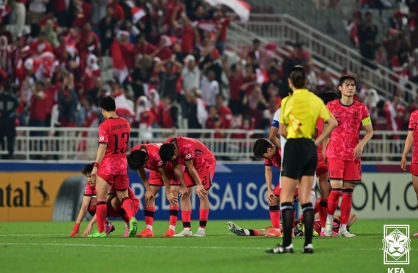
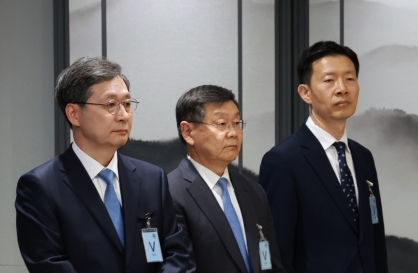

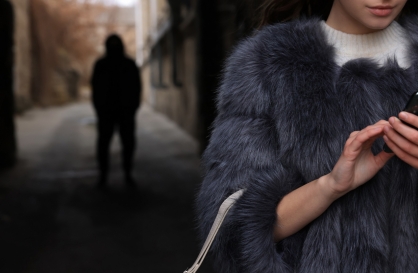
![[Hello India] Hyundai Motor vows to boost 'clean mobility' in India](http://res.heraldm.com/phpwas/restmb_idxmake.php?idx=644&simg=/content/image/2024/04/25/20240425050672_0.jpg&u=)
